
Amino Acids & Derivatives for Cell Culture
Glycyl-L-tyrosine
Glycyl-L-tyrosine (CAS No. 658-79-7) is a white to light yellow dipeptide solid composed of glycine and tyrosine. It has a molecular weight of 238.24 g/mol and 99% min purity. This compound is commonly used in cell culture media and as a raw material in pharmaceutical applications, particularly in systems aimed at supporting cell growth and protein production. Its structure combines two essential amino acids involved in metabolic and biosynthetic processes, making it a useful supplement for high-density cell culture. To maintain product integrity, it must be stored sealed and dry at temperatures below –20 °C.
- CAS No.: 658-79-7
- Molecular Formula: C₁₁H₁₄N₂O₄
- Purity: 99% min

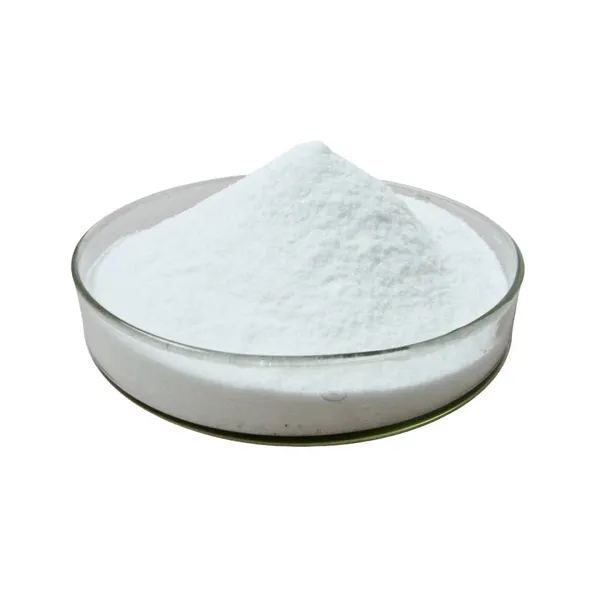


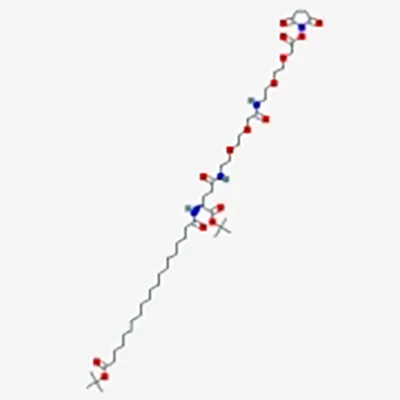
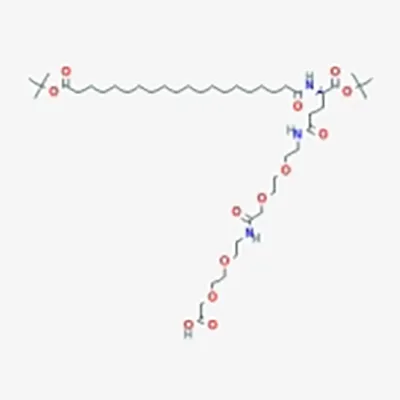
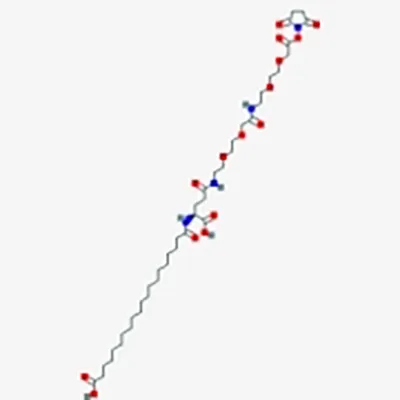
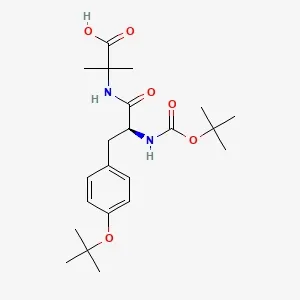

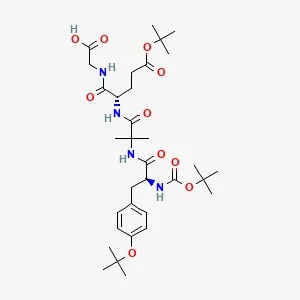

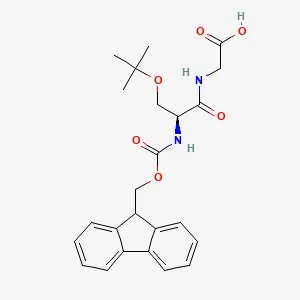
![Fmoc-L-Lys[C₂₀-OtBu-γ-Glu(OtBu)-AEEA-AEEA]-OH](products/2-3-1-fmoc-l-lys-C20-otbu-glu-otbu-aeea-aeea-oh_01.webp)



